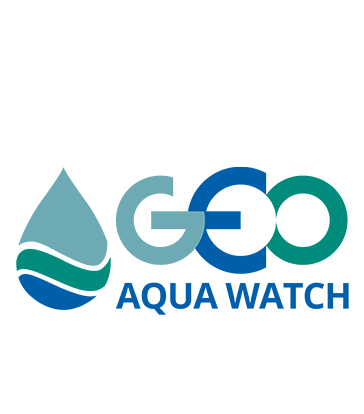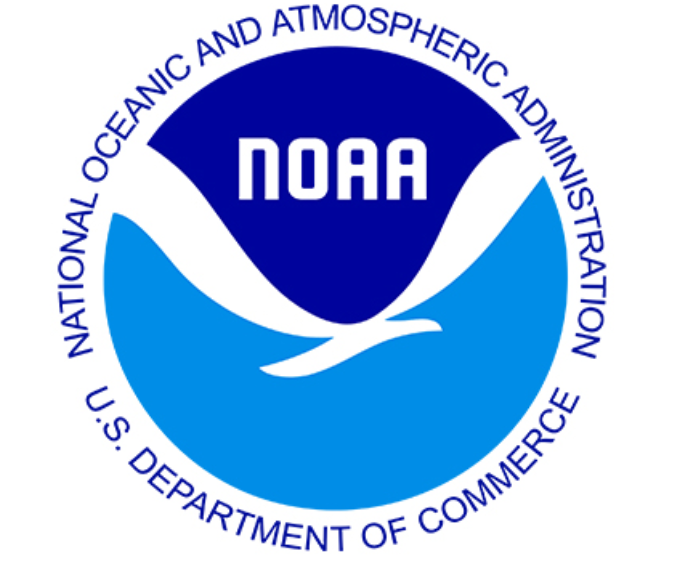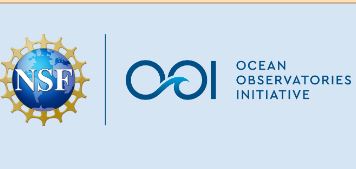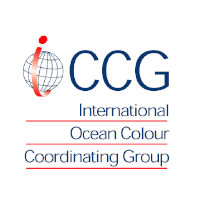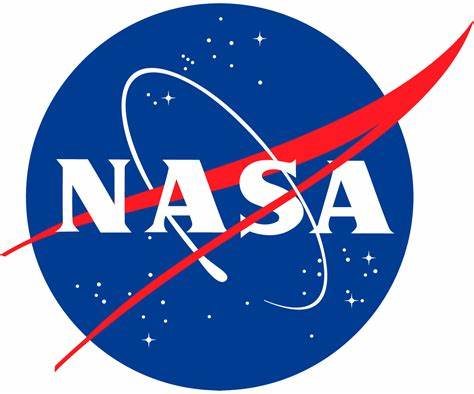Environmental Research Institute (ERI) is part of UHI North Highland. Located in Thurso, on the north coast of Scotland. Recruiting for a Research Fellow (2 year appointment, potential to extend) – Marine Sensing and the vacancy closes February 3rd. Find out more here: https://eri.ac.uk/we-are-recruiting-for-a-research-fellow-marine-sensing/
Author: merriebethneely
University of Alabama-Tuscaloosa EO Water Quality Job: NOAA CoastWatch
A Remote Sensing Analyst in support of the NOAA CoastWatch Water Node (operations manager position) has been posted to the University of Alabama(Tuscaloosa) job board. Applicants are invited to now apply to the position. Note this position is not a NOAA federal job opportunity, but is for a support position offered through a Cooperative Institute – CIROH.
Required Department Minimum Qualifications: Bachelor’s degree in geoscience, engineering, computer science, or related field plus 5 years of research or work experience with satellite remote sensing, hydrology, or in a related geoscience field. Experience with data discovery, image processing, geospatial analysis, and metadata documentation. Ability to stay current, learn new concepts and techniques, and build an organized network of stakeholders and experts.
Position closes December 31st
Asst Research Professional – Remote Sensing Analyst – 517909 https://careers.ua.edu/jobs/asst-research-professional-517909-tuscaloosa-alabama-united-states
Review by Feb 28th! OOI Biogeochemical Data: Best Practices & User Guide
Do you need more chlorophyll, nitrate, oxygen, and carbon sensor data for your water quality research? Check out and Review this new Guide to OOI biogeochemical sensor data!
The Ocean Observatories Initiative (OOI) Biogeochemical (BGC) Sensor Data Best Practices and User Guide is the result of an NSF-funded (OCE2033919) grass-roots community effort to broaden the use of OOI biogeochemical sensor data and increase community capacity to produce analysis-ready data products. The guide includes five chapters: The Introduction (Chapter 1) provides information on the OOI program, including data access, processing, and recommended end user QA/QC relevant to all OOI biogeochemical sensors, and Chapters 2-5 cover the following groups of BGC variables and associated sensors: Dissolved oxygen, nitrate, carbonate chemistry, and bio-optics.
This effort brought together an international group of 39 ocean observing experts, across all career stages, from 19 institutions and 5 countries, each of whom brings expertise on biogeochemical sensors, data analysis and ocean observing infrastructure, as well as research expertise in ocean biogeochemistry. The initial OOI Biogeochemical Sensor Data (OOI BGC) Working Group was formed in July 2021 through an open application process. A three-day virtual meeting in July 2021 launched the Working Group, with consensus-building activities to develop the scope and structure of the Best Practices and User Guide. From July 2021 to June 2022, the Working Group drafted a beta version of the Best Practices and User Guide that went through two rounds of internal review within the Working Group. A draft version of this document was Beta Tested by 14 current and prospective OOI BGC data users, who joined the Working Group members for a 3-day workshop in June 2022 to provide feedback that has since been used in revising and finalizing the document.
The OOI Biogeochemical Sensor Data Best Practices and User Guide is now complete, and has been submitted to the Ocean Best Practices System (OBPS). As a next step, we are seeking to gain GOOS endorsement of the document. In order to do so, the guide must undergo a rigorous community review process whereby comments are publicly invited and adjudicated. We now invite community members to review the guide and submit comments by February 28, 2023. After completing the open review, we will revise the document based on the reviewers’ comments and upload an updated, final version to OBPS.
We encourage feedback from everyone, including both disciplinary experts and users new to each of these sensor types, as well as both experienced and new users of OOI data. Reviewers are welcome to provide feedback on the entire document, or on chapters or sections that are of particular relevance to their interests or expertise.
How to review the OOI BGC Sensor Data Best Practices and User Guide:
We are aiming for a transparent and open community review process, and as such, all reviewer comments and responses to them will be public. We invite reviewers to provide feedback on the OOI Biogeochemical Sensor Data Best Practices and User Guide via two different pathways:
-
Reviewers may comment directly into a Google Doc version of the guide in the form of comments added to the text. This will be most useful for comments or to suggest revisions on specific sections of the text. We request that reviewers sign in via Google or include their name and email in their comments so that we can identify and, if needed, follow up with individuals providing reviews.
-
Reviewers may submit lengthier and/or more overarching comments via an online form. All submissions to this form can be viewed here.
2023 International Ocean Colour Science Meeting, USA, 14-17 November 2023
2023 International Ocean Colour Science Meeting
St. Petersburg, FL, USA, 14-17 November 2023
The fifth International Ocean Colour Science (IOCS) meeting will be convened by the International Ocean Colour Coordinating Group (IOCCG) in partnership with the University of South Florida, NASA, and NOAA, and will take place from 14-17 November 2023 in St. Petersburg, Florida, USA
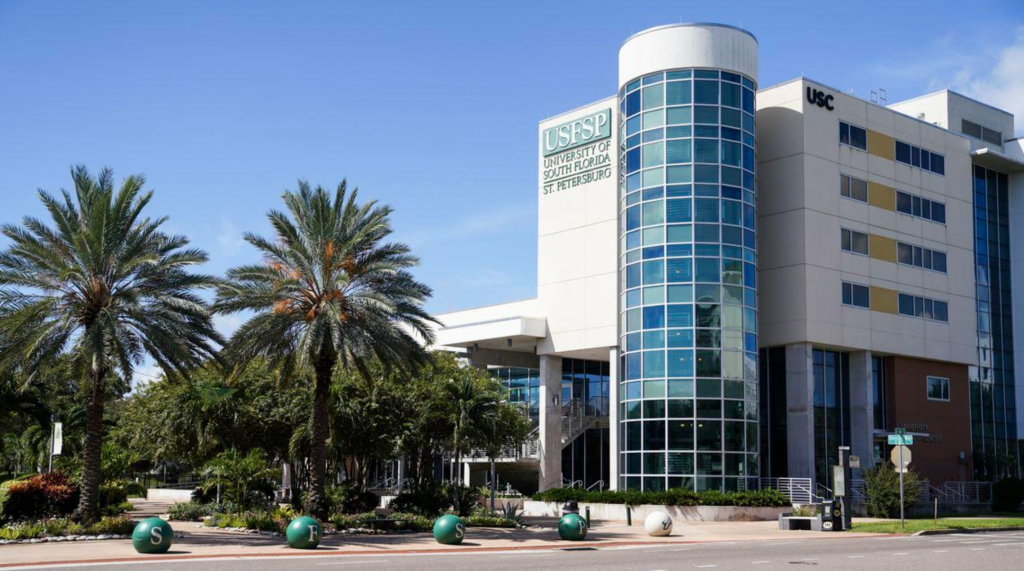
The primary focus of the IOCS meetings is to serve as a venue for the ocean colour community to communicate their views, ideas, concerns and issues with the satellite agencies. The programme for the IOCS-2023 meeting will include invited keynote lectures, agency talks, breakout workshops, poster sessions and community Town Halls. It is anticipated training events and side meetings will also be scheduled.
The overarching theme for IOCS-2023 is “Impact and Value of Ocean Colour Observations in a Changing World: Water in all its Colours” with the overall goal of nurturing a strong global user community for ocean colour science and applications, and fostering exchange between the ocean colour research community and international space agencies with an interest in ocean colour science.
Find out more here
ARSET Training: Connecting Citizen Science with Remote Sensing
| Introductory Webinar: Connecting Citizen Science with Remote Sensing | |
| January 24, 26 & 31, 2023 11:00-12:30 EST (UTC-5) Citizen science projects provide the opportunity for community member volunteers to monitor the Earth. These projects have dramatically increased in the last decade and can provide great benefits to projects that combine Earth Observations with ground-based information in the fields of climate change, sustainable development, ecosystem monitoring and characterization, drought, and land cover or land-use change. This training will provide attendees an overview of citizen science efforts that use Earth Observations, and how to engage with community members in a supportive and meaningful manner to achieve project goals. Attendees will also be provided with case-study examples of successful citizen science projects, with some examples from NASA supported projects and activities. We will highlight projects like NeMO-Net, a global coral reef classification with 2D and 3D images application combined with machine learning; Floating Forests, a Giant Kelp monitoring platform where participants can classify kelp in Landsat images; Snapshot Wisconsin, a project that uses images of wildlife from trail cameras to assist with habitat mapping; and Soundscapes to Landscapes, where bird diversity in California is monitored by identifying specific species through sound recordings. We will also highlight the Global Learning and Observations to Benefit the Environment (GLOBE) Program, an international science and education program, and GLOBE Observer, a citizen science app that allows volunteers in GLOBE countries to take observations and contribute to the community.
|
